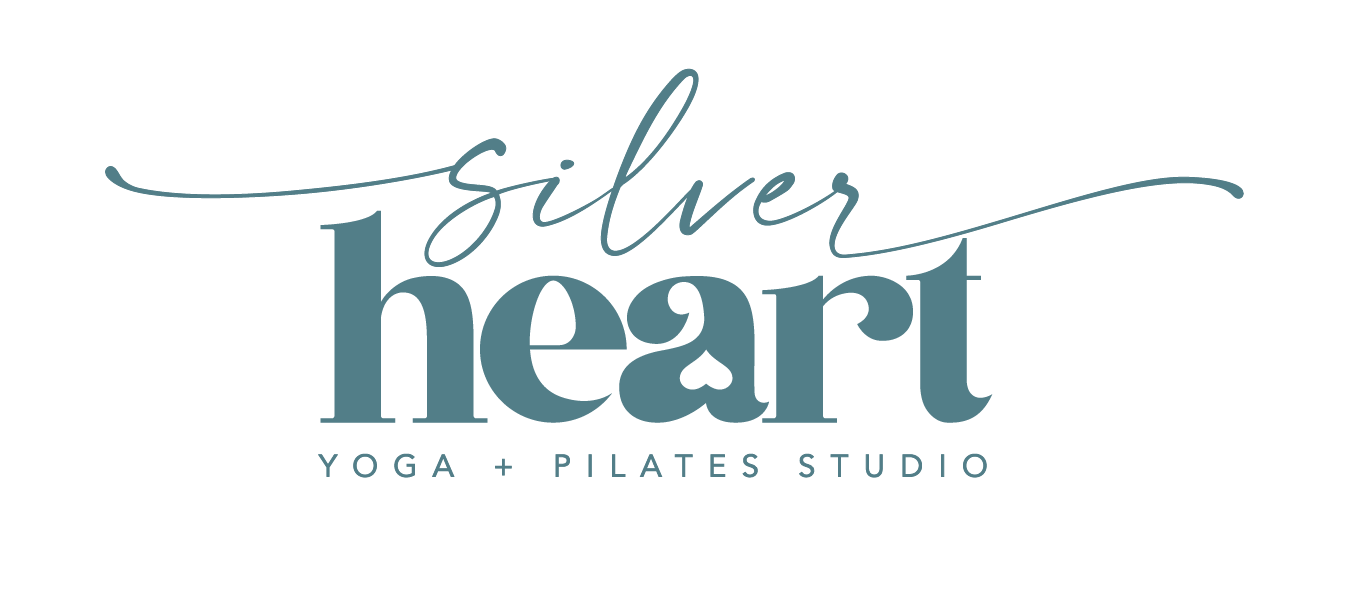What does it mean to engage your core?
Engage your core.
Have you ever been told to 'engage your core' and wondered what it means?
You may think, but where is my core, and what am I supposed to engage and how can I make this happen?
I’m going to come at this from a Pilates perspective.
In Pilates, we talk about our deep core muscles. So.. what are these?
Transverse Abdominis, Pelvic Floor, Multifidi, Diaphragm, Psoas Major (anterior), Quadratus lumborum. All these systems work together to stabilize the pelvis and lumbar spine (lower back) when stressed. They work together as we lift, bend, sit, twist, walk, run, or jump.
We can’t see many of these muscles, so they seem distant from our brains, which are responsible for getting them to work.
The multifidi are deep muscles of the spine. They run from your pelvis to your head. They extend, flex, twist, and help you bend side to side. Weakness in the multifidus makes it challenging to engage the core and can lead to a lack of spine support. We need these to be strong and mobile, especially for lifting and bending.
The Transverse Abdominis acts like a corset to stabilize the trunk. It helps stabilize the spine and pelvis before the limbs move and keeps our internal organs in place. As a natural weight-lifting belt, the TrA involuntarily contracts during lifts to stabilize the spine and pelvis.
The pelvic floor acts in conjunction with the diaphragm to create the top and bottom of the cylinder formed by the TrA and assists with breathing and posture. The PF Supports organs and helps move waste from the body.
The Quadratus Lumborum- if you have had a persistently tight back and hips, you’ve probably heard of these muscles. These muscles affect the relationship of the pelvis and ribs to the spine. The QL contracts to depress the ribs. A tight/stiff QL prevents the rib cage from fully expanding to take a deep breath and pulls over the diaphragm and surrounding tissues.
The Psoas Major assists with going from lying down to sitting up and bending at the hip and trunk. A tight Psoas muscle can cause lower back pain, and it can be challenging to maintain a standing position (it helps in posture). A weak Psoas can cause difficulty breathing, making walking up the stairs or uphill difficult.
If you didn’t read the above, I get it. I’m an anatomy geek, but not everyone is. So when an instructor tells you to engage your core, I want you to think about the above and know that these muscles all work in symphony. Keep breathing and moving in all ways to allow these muscles to help balance and stabilize. Remember, movement engages your core and heals our bodies.

